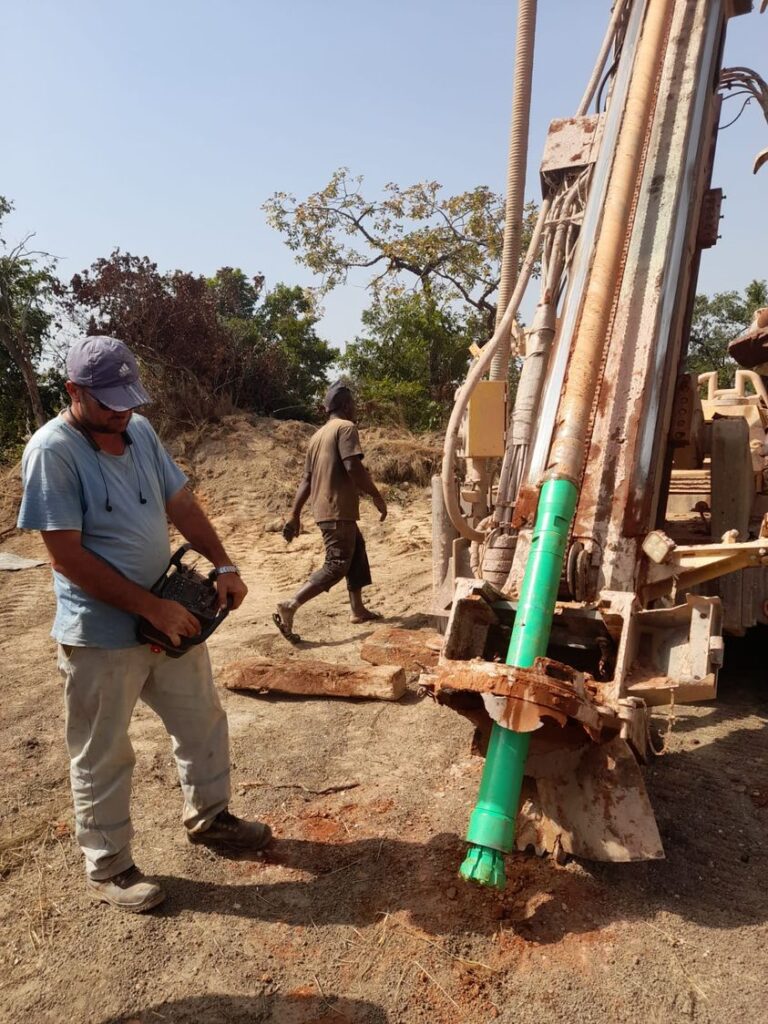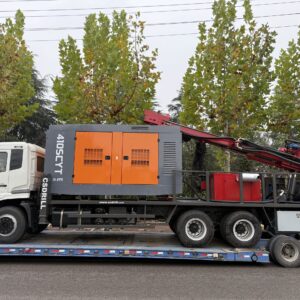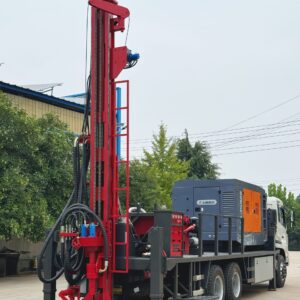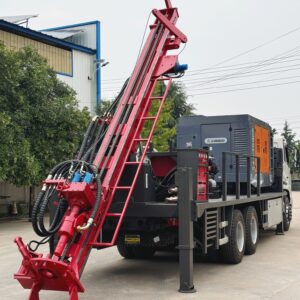When it comes to subsurface exploration, choosing the right drilling method is crucial. Air core drilling and diamond core drilling are two distinct techniques, each with its own advantages and applications. Both Air core and Diamond core drilling are techniques used to extract samples from the ground, but they differ significantly in their methods, applications, and the type of information they provide.
Here’s a breakdown to help you understand the key distinctions:
Sample Recovery:
- Air Core Drilling: This method utilizes compressed air to blast through unconsolidated materials like sand, gravel, and soft rock. The process creates chipped or pulverized cuttings that provide a general idea of the subsurface composition. It’s like getting a handful of soil from different depths.
- Diamond Core Drilling: Here, a diamond-tipped drill bit acts like a high-tech corkscrew, cutting a continuous core sample of the rock. This core is a complete, undisturbed representation of the subsurface layers, revealing details like mineral composition and rock structure. Imagine pulling out a long, thin slice of the Earth for analysis.
Applications:
- Air Core Drilling: Due to its speed and cost-effectiveness, air core drilling is ideal for:
- Shallow exploration projects with limited budgets.
- Preliminary investigations to assess general subsurface conditions.
- Environmental studies to collect soil samples.
- Diamond Core Drilling: This method is preferred for:
- Deep drilling projects requiring detailed geological information.
- Mineral exploration where precise core samples are crucial for analysis.
- Construction projects needing core samples to assess rock strength and integrity.
Advantages and Disadvantages:
- Air Core Drilling:
- Advantages: Faster, cheaper, suitable for unconsolidated materials.
- Disadvantages: Limited sample detail, not suitable for deep drilling or hard rock.
- Diamond Core Drilling:
- Advantages: High-quality, undisturbed core samples, suitable for deep drilling and various materials.
- Disadvantages: Slower, more expensive, requires specialized equipment and expertise.





